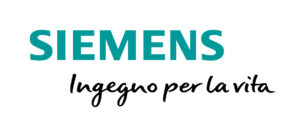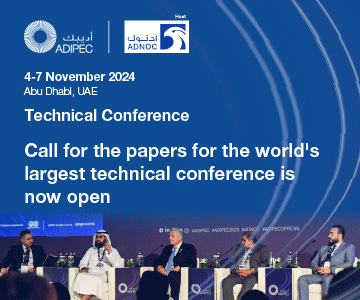Design Considerations for Harsh-Environment Connectivity
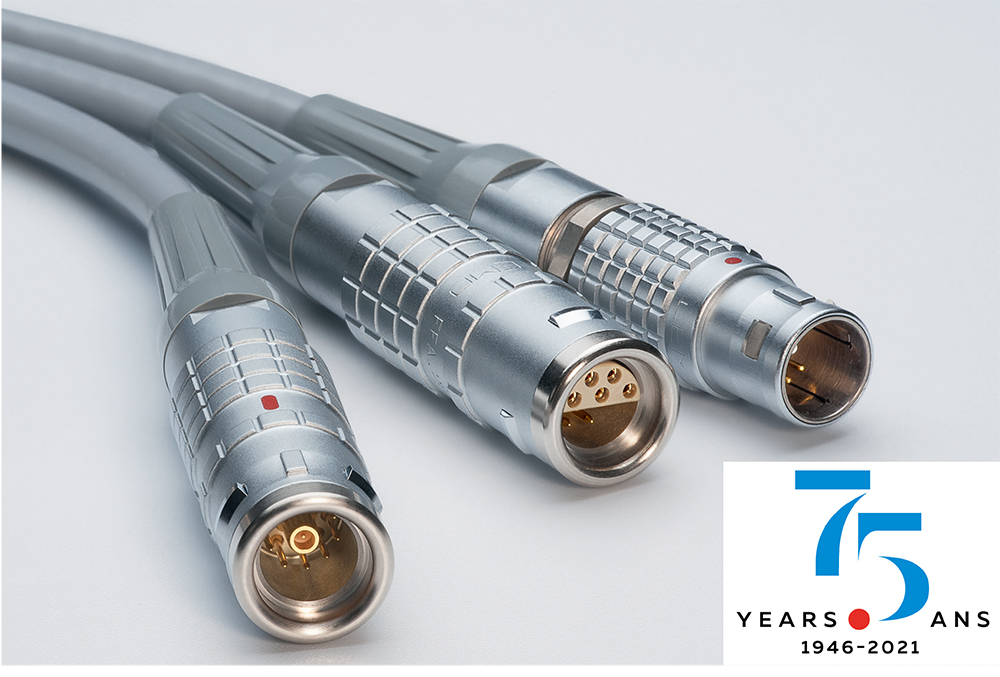 Diego Romeo, managing director, talks about the reliable technologies designed and built by Lemo to be used in harsh environments.
Diego Romeo, managing director, talks about the reliable technologies designed and built by Lemo to be used in harsh environments.
As humans continue to explore the depths of the oceans, the heights of the mountains, and the far reaches of galaxies, the technologies we use in these extreme conditions push computing and connectivity to its limits.
However, for the computing systems and robotics used in these applications, failure is not an option. To succeed in these harsh environments and meet continually increasing requirements, engineers must use creative, collaborative strategies.
Harsh environments such as space require extremely reliable technologies. This space suit incorporates push-pull LEMO K Series connectors in the gloves, which warm the fingers of astronauts conducting extravehicular activities.
The connector industry is being called on to provide power and data products that can meet or exceed demanding and ever-changing requirements. Connectors need to meet electrical, optical, and mechanical requirements within lightweight and compact form factors. They must be able to perform in challenging environments where extreme temperatures, punishing vibrations, and chemicals may be present. Durable, high-reliability connectors are critical in systems that connect sensors, valves, cameras, thermocouples, and other components to computer controls. If a connector does not meet the strict standards indicated for its specific usage, it can result in catastrophe.
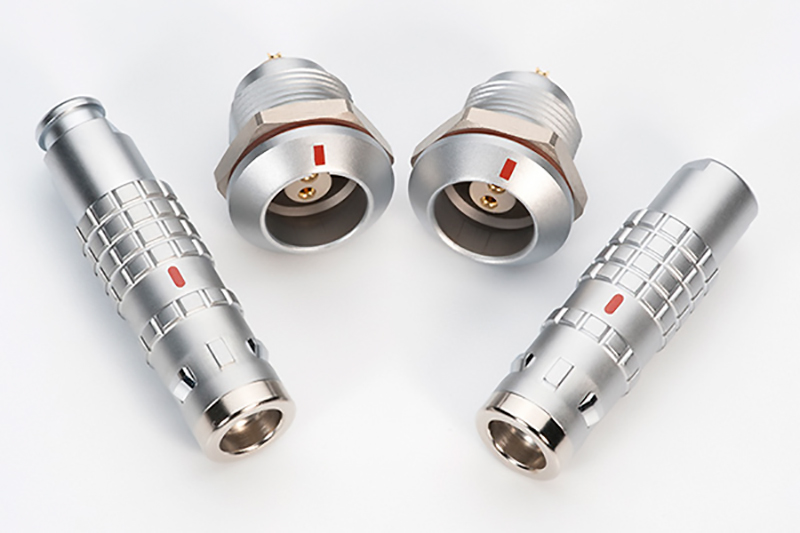
Experienced connector engineers and designers know that the minimum requirements for success in any environment include the ability to meet electrical and mechanical specifications, such as the number of pairings, number of conductors, and/or specific materials. Human factors, such as ease of use, quick connect/disconnect, blind-mating, and remote access are often overlooked until the very end of the design process.
This article will address several critical factors as they pertain to a variety of harsh environment use cases, with the goal of encouraging designers to consider these at the start of the design process rather than as an afterthought.
Connector manufacturers are a great resource and can help improve the product design throughout the process. For instance, application engineers can help you choose whether off-the-shelf, semi-custom, or fully customized solutions are required to meet your needs, and they can also refer you to alternative suppliers when necessary.
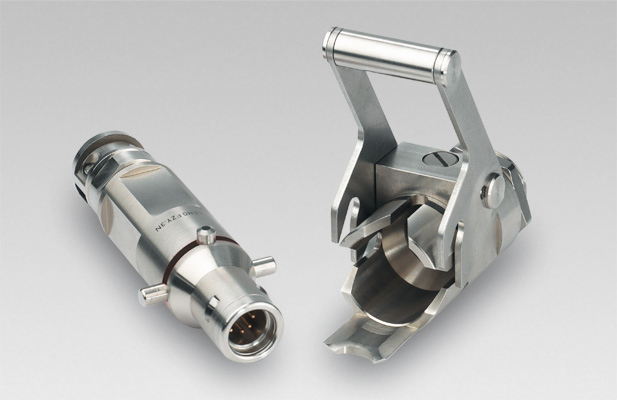
THE HARSHEST ENVIRONMENTS
Assume that you need to specify a connector that will last for 30 years and be hardened against radiation. These specifications are common for connectors used in space or nuclear power facilities. The most difficult design constraints will be the environmental (e.g., space and radiation), electrical, and mechanical requirements specific to that connector. These requirements can be met by using stainless steel components with EPDM jacketing to ensure high reliability and longevity. However, suppose that in this application, the connectors must be manipulated remotely by a robot controlled by humans via CCTV.
These constraints can be solved by having two flat sides on the connector for the robotic grips, wide alignment keyways for more forgiving handling, and a high contrast indicator line to show when the connector is fully mated.
LEMO’s N Series remote-handling, self-latching connectors are suitable for use in nuclear environments.
For space applications, there are additional electromechanical and environmental requirements to consider, including the use of low-outgassing materials. In modern space applications, many types of equipment are designed to be reused, repaired, and upgraded. Reliability and longevity are key. This means consideration must be given not only to the number of mating cycles but many other factors, based on the specific application.
In space exploration, there may be more than one environment to consider and human factors that need to be met. For example, on the International Space Station, the environmental conditions inside the station are quite different than those encountered outside of the facility.
During a spacewalk, astronauts wear what NASA calls a personal spacecraft. These suits and their portable life-support system (PLSS) must keep the wearer safe and cool while allowing for movement and communications.
While the astronaut’s body is kept cool, their hands must be kept warm, so the gloves are heated through special connectors in each finger while the cooling garment is connected to a tank in the PLSS that recirculates water.
All the connectors must pair flawlessly and be extremely reliable as well as durable, as the suits provide life support and are also reused.
UNMANNED VEHICLES
Unmanned vehicle applications run the gamut of harsh environments, spanning land, sea, air, and space. Applications in areas such as military, agriculture, surveillance, and topography often require platforms to be interchangeable in the field, so connectors are mated and unmated many times. In high-vibration applications, a stepped ratchet coupling mechanism performs better than a standard detent mechanism. In high-intensity RF environments, such as signal jamming equipment, connector shells with triple-walled construction provide critical protection for low-level internal signals, while lightweight aluminum housings provide weight and space savings. The ability to use the same connector across all the equipment whenever possible reduces training, inventory, and lowers the price per unit for the buyer as well as the manufacturer.
LEMO’s K Series features a housing with triple-wall metal construction to provide excellent shielding in extreme EMI environments.
As with space, unmanned vehicles will have connections both inside and outside of the vehicle. Therefore, it is important to consider both environments as well as any human or robotic factors that must be met for servicing the vehicles.
SUMMARY
These use cases emphasize the need to look at the entire scope of how and where connectors are used in the application or system, rather than just focusing on harsh-environment requirements. Taking a more holistic view results in better design in all environments, not just harsh ones. Connector manufacturers are an invaluable asset throughout the design process and can help ensure the success of these demanding applications.
You can find more information on www.lemo.com and you can also contact our staff in the local subsidiaries.

